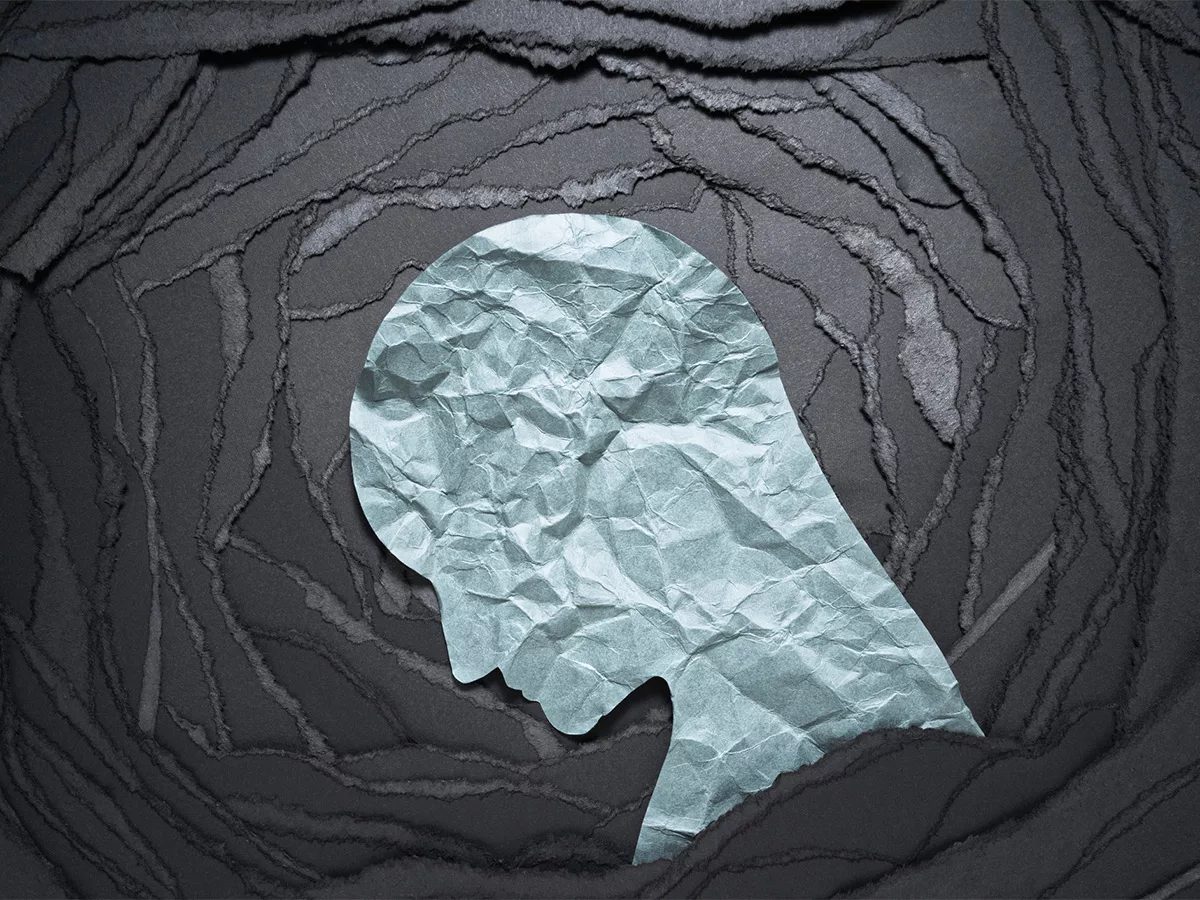By analyzing single-cell responses to ketamine administration, a multinational team of researchers has identified a potassium channel that contributes to the long duration of ketamine administration.
The researchers published their findings in the May 31, 2022, issue of Neuron.
Long, to be sure, is a relative concept, as is rapid-onset. Still "Classical antidepressants such as SSRIs, you take them daily, and you don't see the effects until 4 to 10 weeks later," Juan Pablo Lopez told BioWorld Science, while ketamine's effects "start immediately and last for about a week."
In addition, ketamine can be effective for patients with treatment-resistant depression.
However, why ketamine acts faster and lasts longer than other classes of antidepressants is still not fully understood.
"There's been a lot of work done on ketamine... Trying to identify the mechanism," Lopez said. But such research, whether it's in patients or animals, has been challenging.
Clinically, both because ketamine can induce dependence and because it needs to be administered intravenously, it is used only when a string of other options has failed. As a result, "we don't have that much data on ketamine" in patients, Lopez said.
That small patient group compounds the issues of psychiatric research.
"The brain is complicated... but it's not just that," Lopez said. "There is an issue in psychiatry because of the lack of biological information that we get from the disease."
Biologically speaking, depression is probably an umbrella term for an unknown number of different mechanisms that lead to the same outcome. "This is where clinical research is so important – we need to start understanding the endophenotypes," he said.
Animal models, in turn, use behavioral readouts to infer mental states, which has its own pitfalls.
In the work now published in Neuron, Lopez, who is a postdoctoral fellow at the Max-Planck-Institute for Psychiatry and the paper's lead author, and his colleagues looked at ketamine's effects on gene expression at the single cell level.
Previous work has looked at such changes in bulk tissue, but given the multitude of cell types in the brain, it is important to understand which specific cell types are affected.
They found more than 250 genes whose expression level was affected by ketamine 2 days after an administration. Some expression levels changed in multiple cell types. But glutamate-signaling neurons showed the biggest overall change, with 165 affected genes. More than 130 of those genes were unchanged in other cell types.
Glutamate-signaling neurons in the hippocampus have previously been linked to ketamine's effects, but Lopez said that he and his colleagues did not have an a priori focus on this cell type. "It was an open question – we wanted to see in which kind of cell type there were the biggest changes," he said.
A more detailed analysis of the changes showed that the most strongly affected gene was a voltage-gated potassium channel, Kcnq2, whose expression increased after ketamine treatment. Kcnq2 is responsible for returning neuronal excitability back to baseline after they fire, and malfunctions in the channel can lead to epilepsy.
Lopez said that in a scenario where chronic stress or depression is causing hyperactivation of neurons, modulating the potassium channels could restore normal neuronal excitability.
The researchers next tested whether pharmacological activation of the channel could work in conjunction with ketamine. They showed that treating mice with the approved seizure drug and KCNQ activator retigabine potentiated ketamine's effects in a mouse model of depression.
Lopez said that the combination of retigabine and ketamine could be tested in clinical trials. His own team is following up on other genes, and other cell types, that the study identified as potential contributors to ketamine's effects, since "we are not saying that this is the [only] mechanism, we are saying that this is part of it."

